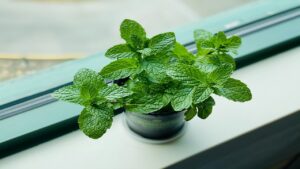Alyssum, the Plant Without Anger: What Is Its True Meaning
The Alyssum plant, belonging to the Brassicaceae family, originates from central and southern Europe. It is a highly resilient annual plant that prefers humid and shaded environments. Commonly found near streams, forest boundaries, and fields, its ornamental value has been recognized since the 1700s, making it a popular choice for gardens.

Alyssum plants typically bear deep purple flowers, although variations exist that yield pink or white blossoms. Each plant can produce numerous flowers, which develop in clusters at the tips of the stems. These flowers are known to attract pollinators such as bees, which gather nectar from within the flowers themselves.
The name “alyssum” originates from Greek and means “without anger“. In ancient times, it was believed that this plant had the power to cure rabies caused by dog bites. In the language of flowers, Alyssum symbolizes qualities like inner peace, purity, and innocence.
Alyssum is highly prized for its adaptability to various soil types and different climates. It thrives without requiring special attention, making it suitable even for those with limited gardening experience. It is a hardy plant that can tolerate very low temperatures.

How to Grow Alyssum
The seeds should be planted in spring, specifically from March to April, once the danger of frost has passed. You can plant them directly in the soil, choosing a location with ample sunlight or partial shade.
While alyssum can grow in various soil types, it’s recommended to enhance the soil with organic fertilizer for better results. Spread the seeds evenly over the soil surface and lightly cover them with a thin layer of potting soil.
During the growing phase, it’s important to keep the soil moist but not soggy. The plant must be watered regularly, avoiding excessive wetting of the leaves and flowers. Preferably, water in the morning or evening to prevent rapid water evaporation due to heat.
Alyssum blooms from May to July, displaying flowers in shades of purple, pink, or white. It possesses strong resistance against fungal diseases and pests, although it can sometimes be attacked by aphids and scale insects. In such cases, it’s advisable to resort to natural remedies.





